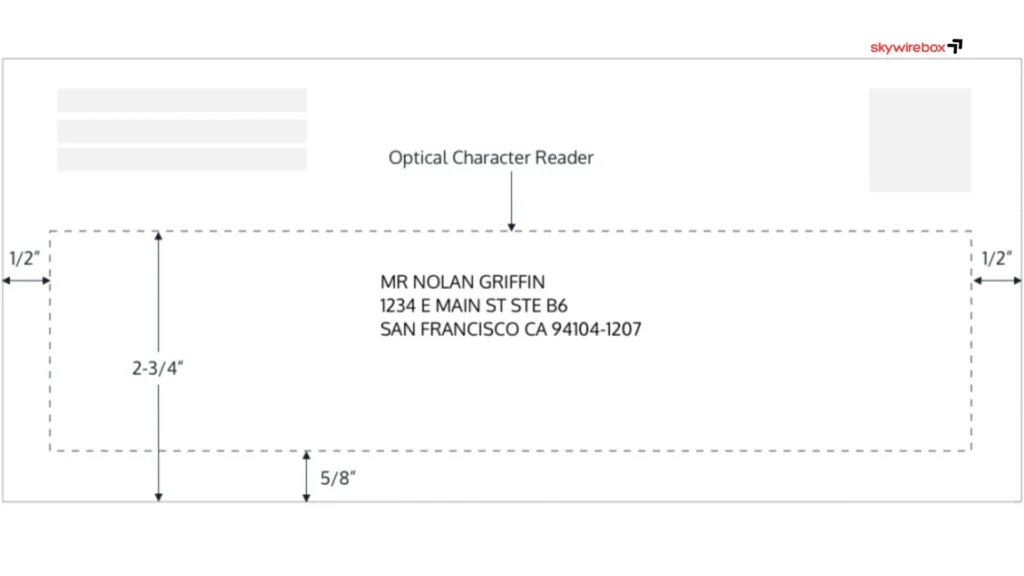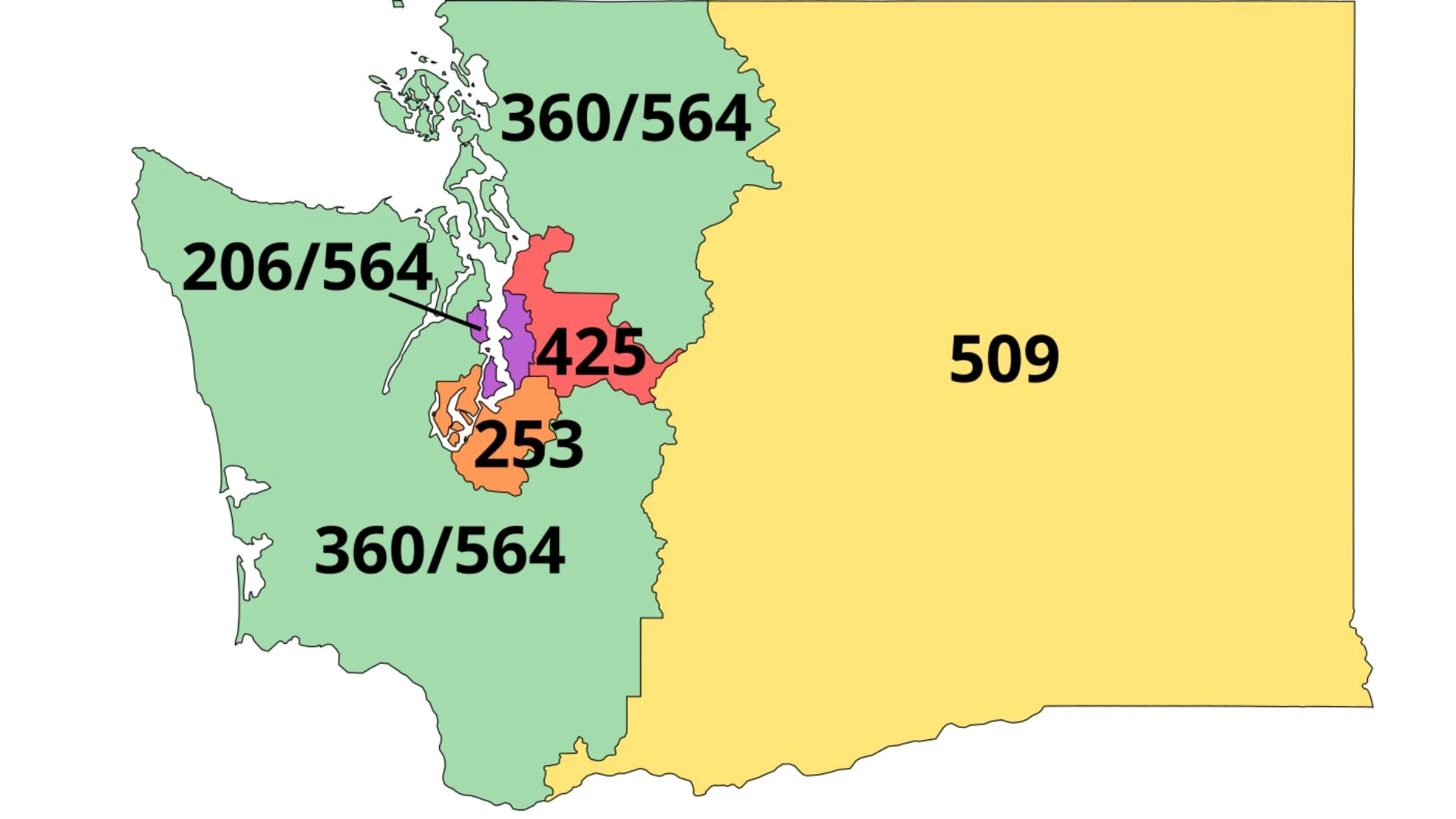Are you sending a letter or a special invitation and want to make sure it reaches the right hands? Knowing how to address an envelope correctly is more important than you might think.
A simple mistake can delay your mail or send it back to you. But don’t worry—this guide will walk you through each step clearly and easily. By the time you finish reading, you’ll feel confident that your envelope looks professional and will get to its destination without a hitch.
Ready to master this basic yet essential skill? Let’s dive in!
Return Address Placement
The return addressgoes in the top-left cornerof the envelope. This shows who sent the letter. Write your full nameon the first line. On the next line, write your street address. Below that, include your city, state, and ZIP code. Use clear and neat handwritingor print with a pen. Avoid using commas or periods. This helps the post office read your address easily.
The return address is important. It lets the mail come back if the delivery fails. If you work for a company or have a title, write it before your name. For apartments or suites, add the unit numberafter the street address.

Recipient Address Setup
Place the recipient’s full nameclearly in the center of the envelope. Include any titlessuch as “Mr.,” “Ms.,” or professional titles like “Dr.” if needed. Write the street addresson the line below, including apartment or unit numbers. This helps ensure the letter reaches the right place.
On the next line, add the city, state, and ZIP code. Use the two-letter state abbreviation and the full five-digit ZIP code for accuracy. Center all address lines horizontally on the envelope for a neat look.
| Address Part | Example |
|---|---|
| Full Name and Titles | Dr. Jane Smith |
| Street and Unit Numbers | 123 Maple St, Apt 4B |
| City, State, ZIP | Springfield, IL 62704 |
Stamp Positioning
Place the postage stampin the top-right cornerof the envelope. This is the standard spot for stamps on all letters and packages. Make sure the stamp is fully attached and not hanging off the edge.
Choosing the correct postagedepends on the size, weight, and destination of the envelope. A small, light letter within the same country usually needs a standard stamp. For heavier or international mail, extra postage is required.
Visit your local post office or use an online postage calculator to find the right stamp. Using the wrong postage can delay delivery or cause the letter to be returned.
Writing Tips
Use clear capital lettersto make the address easy to read. This helps postal workers quickly find the destination. Avoid mixing uppercase and lowercase letters in the same word.
Do not use punctuation markslike commas or periods in the address. These can confuse mail sorting machines and slow down delivery. Write the address as simple as possible.
Choose a permanent ink or markerto write the address. This prevents smudging or fading during transit. Regular pens may blur if they get wet or rubbed.
You can also read : How to Choose the Best Crypto Marketing Agencies for Your Blockchain Business in 2025
Handling Special Cases
Include the company or professional titleon the second line below the recipient’s name. This helps mail reach the right person in a business. For example:
John Smith
ABC Corporation
For apartments or suites, add the unit numberafter the street address. Use “Apt” or “Suite” followed by the number:
123 Main St, Apt 4B
Return address is very important.It goes in the top-left corner. This helps the post office return mail if undeliverable. Always write a clear and complete return address to avoid lost mail.
Domestic Vs International Mailing
Domestic and international mail use different address formats. For domestic mail, write the street number and name on one line. Below, add the city, state abbreviation, and ZIP code. The country name is not needed.
International mail requires the recipient’s country nameon the last line. Write the city and postal code before the country. Some countries use different orders for street and city names. Check the country’s postal rules to avoid delays.
| Feature | Domestic Mail | International Mail |
|---|---|---|
| Street Address | Street number and name | Street number and name (may vary) |
| City & State | City, State abbreviation | City name before postal code |
| Postal Code | ZIP code | Postal code (format varies) |
| Country Name | Not included | Must be included on last line |
Common Mistakes To Avoid
Placing the address in the wrong spot causes delivery delays. The recipient’s addressshould be centered on the front. The return addressgoes in the top-left corner. Stamps belong in the top-right corner, never elsewhere.
Missing key details like zip codesor apartment numberscan stop your mail. Always include the full street address and postal code. Leaving out the recipient’s name or the sender’s address makes returns impossible.
| Mistake | Effect | How to Fix |
|---|---|---|
| Incorrect address placement | Mail gets delayed or lost | Center recipient address; top-left return address; top-right stamp |
| Missing information | Mail undeliverable or returned | Include full name, street, apartment, city, zip code |
| Improper stamp usage | Mail rejected or delayed | Use correct stamp value; place it top-right |
Frequently Asked Questions
How Do You Address An Envelope Correctly?
Write the sender’s address in the top-left corner. Place the recipient’s address in the center. Put the postage stamp in the top-right corner. Use clear, capital letters and avoid punctuation marks in addresses. Include unit numbers and titles if needed for accurate delivery.
What Is The Correct Format For A Letter Envelope?
Write the sender’s address in the top-left corner. Place the recipient’s address in the center. Affix the postage stamp in the top-right corner. Use clear, capital letters without punctuation. Include unit numbers and titles if needed for accurate delivery.
How Do You Write Someone’s Name And Address On An Envelope?
Write the sender’s address in the top-left corner. Place the recipient’s name and full address in the center. Affix the stamp in the top-right corner. Use clear, capital letters and avoid punctuation marks. Include apartment or suite numbers on the same line as the street address.
What Are The Common Envelope Addressing Mistakes?
Common envelope addressing mistakes include missing return address, unclear handwriting, incorrect recipient details, wrong postage placement, and omitting unit or apartment numbers.
Conclusion
Addressing an envelope is simple when you know the steps. Always write the sender’s address in the top-left corner. Place the recipient’s address clearly in the center. Put the stamp on the top-right corner. Use capital letters for easy reading.
Avoid punctuation marks like commas or periods in addresses. Include apartment or suite numbers on the same line as the street address. Proper addressing helps your mail reach the right place fast. Practice these tips to send letters with confidence every time.








